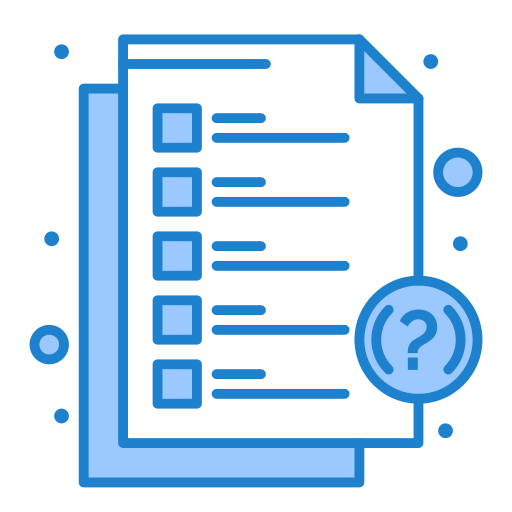
 Customer needs analysis is a critical process in sales proposal management that involves a systematic approach to identifying and understanding the specific requirements, challenges, and objectives of a potential client.
Customer needs analysis is a critical process in sales proposal management that involves a systematic approach to identifying and understanding the specific requirements, challenges, and objectives of a potential client.
This analysis is foundational in crafting a tailored sales proposal that addresses the client's unique needs effectively and persuasively.
The process typically involves several key steps:
This analysis helps in solving common problems such as misalignment between client expectations and the proposed solution, underestimation of the project scope, and ineffective communication of the value proposition.
 Case Study: Tech Solutions Corp.
Case Study: Tech Solutions Corp.
A software company, Tech Solutions Corp., utilized customer needs analysis to win a major contract. Initially, their standard proposal was failing to resonate with potential clients. By conducting thorough needs analysis sessions, which included stakeholder interviews and reviewing the client's past project failures, Tech Solutions Corp. identified that the client was not just looking for a software solution but also needed comprehensive support in system integration and user training.
The proposal was then customized to highlight these services, leading to a successful deal.
 To effectively implement a customer needs analysis in proposal management, consider the following best practices:
To effectively implement a customer needs analysis in proposal management, consider the following best practices:
 For further reading and more in-depth understanding, the following resources are recommended:
For further reading and more in-depth understanding, the following resources are recommended:
Implementing a thorough customer needs analysis as part of your sales proposal management process can significantly increase the effectiveness of your sales efforts, leading to higher conversion rates and more satisfied customers.
A customer needs analysis is a process used in sales proposal management to identify and understand the specific needs, challenges, and objectives of a potential client. This analysis helps in tailoring a sales proposal that aligns closely with the customer's requirements and increases the likelihood of securing a deal.
Conducting a customer needs analysis is crucial because it ensures that the sales proposal directly addresses the unique needs of the customer. This relevance boosts the effectiveness of the proposal, enhances customer satisfaction, and improves the chances of closing a sale.
To perform a customer needs analysis, you should start by gathering as much information as possible about the customer through research, surveys, interviews, and direct interactions. Analyze this data to identify key needs, preferences, and pain points. This information should then be used to develop a customized sales proposal that offers specific solutions to the identified needs.
Common tools and methods used in customer needs analysis include SWOT analysis (Strengths, Weaknesses, Opportunities, Threats), customer interviews, focus groups, customer surveys, and market research. These tools help in collecting and analyzing data about the customer's business environment and their specific requirements.
A well-conducted customer needs analysis can significantly impact the success of a sales proposal by ensuring that the proposal is highly relevant and tailored to the customer's specific needs. This relevance not only increases the likelihood of acceptance but also builds a strong foundation for long-term customer relationships and repeat business.